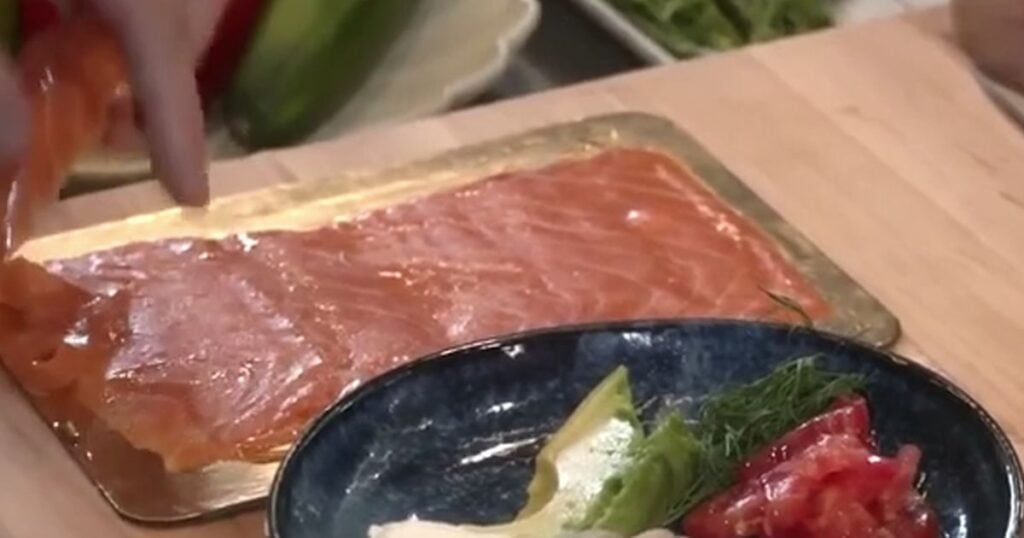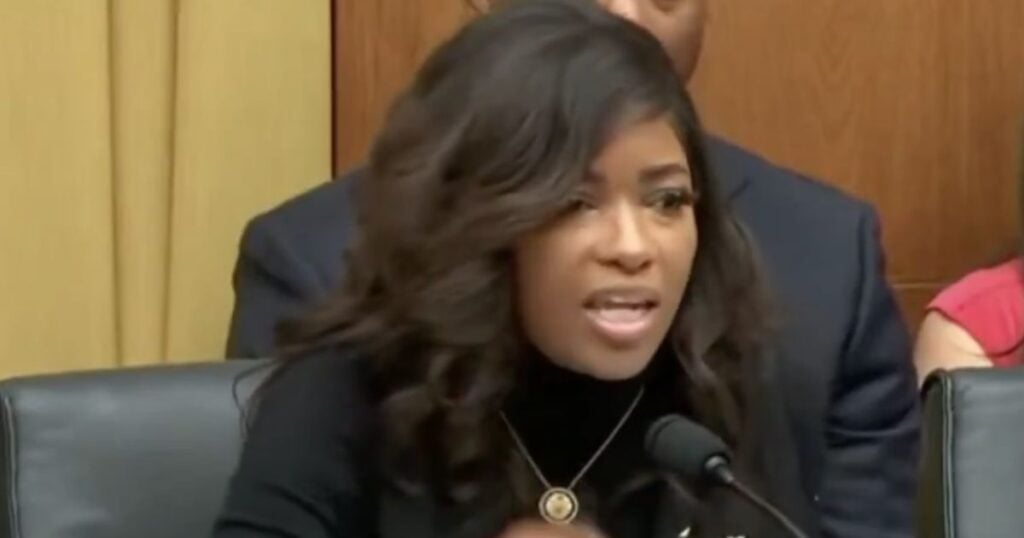Meat prices remain high across the U.S. as the national cattle herd hits record lows. But industry leaders say herd rebuilding is underway, and shoppers could see relief by late 2026.
Key Facts:
- The U.S. cattle herd is at its lowest level since the 1950s, according to the USDA.
- Steak prices are up 7%, ground beef 10%, chicken nearly 3%, and ham over 4% year-over-year.
- Omaha Steaks CEO Nate Rempe predicts herd rebuilding will take 12 months, with potential price relief by Q3 2026.
- Rempe and rancher Steve Lucie support tariffs as a tool to create fairer trade conditions despite short-term strain.
- High demand, low supply, and global trade tensions are keeping meat prices elevated.
The Rest of The Story:
Americans are still paying more for meat, with prices for staples like steak and ground beef continuing to climb.
Nate Rempe, president and CEO of Omaha Steaks, says the main reason is a supply shortage unlike anything seen in decades.
“The number of head of cattle in the United States is at a low really not seen since the 1950s,” he explained on Fox Business.
While trade tensions and tariffs are factors, Rempe emphasized the deeper issue: supply.
“You can’t just flip a switch, adjust a tariff. We need to rebuild the herd,” he said, estimating it could take up to a year to see improvements.
The USDA has documented a multi-year decline in cow and heifer numbers, intensifying the problem.
Despite the uncertainty, Rempe remains hopeful, forecasting stabilization by late 2026.
Ranchers like Steve Lucie agree, urging patience and describing the current situation as part of a long-standing cycle.
Commentary:
This crisis didn’t happen overnight.
The sharp decline in the cattle herd can be traced back to years of higher inflation and rising input costs.
Feed, fuel, labor, and equipment—all essential for ranching—skyrocketed during the Biden years due to reckless federal spending and poor fiscal restraint.
The inflation spike forced many ranchers to downsize or delay herd growth, just to stay afloat.
Add to that drought conditions in some regions, and the result was a perfect storm for shrinking supply.
At the same time, consumer demand for beef stayed strong—especially post-COVID—driving prices up further.
Now we’re seeing the effects of that imbalance.
Supply is tight, but there’s a silver lining: input costs are starting to level off.
Feed prices have come down, and ranchers are finally able to start rebuilding herds.
If Washington can avoid more spending binges and keep inflation under control, the market may correct itself.
Herd expansion is already in progress.
As more cattle come to market, we could see a noticeable drop in prices.
The timing won’t be immediate—ranching cycles take time.
But if current conditions hold, Q3 2026 seems realistic for broader relief.
Consumers just need to hang on a bit longer.
Meanwhile, tariffs may cause temporary challenges, but they also offer a strategic opportunity.
America has long been on the losing end of meat trade deals, and it’s about time we leveled the field for our ranchers.
Long-term, a fairer trade system combined with stabilized costs should restore health to the cattle industry—and to consumers’ wallets.
The Bottom Line:
Meat prices are still high, but the root cause isn’t just trade policy—it’s years of inflation and rising costs that gutted supply.
Ranchers are now rebuilding, and by late 2026, prices may finally come down.
A bit of patience and smarter economic policy could put the American cattle industry back on stable ground—and help families afford their favorite cuts again.
Read Next
– California Moves 200 Bar Exam Takers From Fail To Pass After Adjusting The Scores
– Massive Oil Reserve Back in Play After Trump Lifts Biden Clampdown
– Federal Court Forces Taxpayers to Fund Inmate Gender Transitions
– DOJ Launches Probe Into Biden Auto-Pen Pardons, May Move To Void Them









